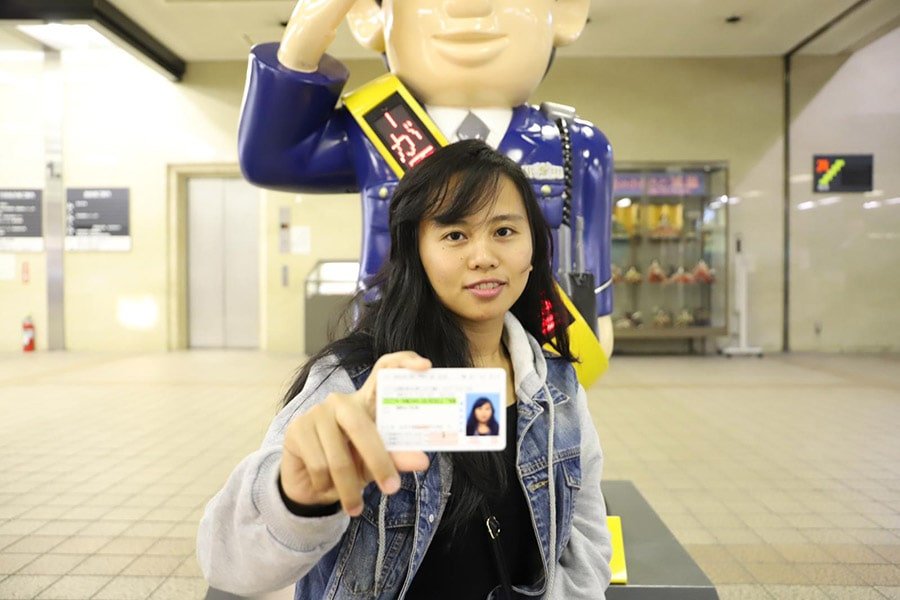Driving in Japan, a country known for its rich culture, stunning landscapes, and intricate road networks, can be an exciting and practical skill to acquire. Whether you’re a resident, a student, or a traveler planning an extended stay, learning how to drive in Japan opens up a world of convenience and exploration. In this comprehensive guide, we’ll take you through the process of learning to drive in Japan, from understanding the requirements and challenges to providing practical tips for success.
Why Learn to Drive in Japan?
Before we delve into the details, let’s explore why learning to drive in Japan is beneficial:
- Access to Scenic Spots: Japan boasts breathtaking natural beauty and cultural gems in its rural areas, often inaccessible by public transportation. Having a car allows you to explore these hidden treasures.
- Daily Convenience: Owning a car simplifies daily tasks like grocery shopping, commuting to work, or running errands, saving you time and effort.
- Emergency Preparedness: In times of natural disasters or emergencies, having a vehicle can be crucial for evacuations or accessing essential services.
- Flexibility: Traveling on your own schedule, exploring off-the-beaten-path destinations, and going on spontaneous road trips become possible.
Understanding the Japanese Driver’s License System
Japan operates a tiered driver’s license system, and foreigners typically fall into the following categories:
- Regular/Private Car License (普通自動車免許 – Futsu Jidousha Menkyo): This license allows you to drive regular passenger cars.
- Motorcycle License (二輪車免許 – Nirinsha Menkyo): Required for those interested in riding motorcycles.
- Large Motorcycle License (大型自動二輪免許 – Oogata Jidou Nirinsha Menkyo): Necessary for larger motorcycles with engine displacements exceeding 400cc.
- Scooter and Moped License (原付免許 – Gentsuki Menkyo): This license permits you to operate scooters or mopeds with engine displacements typically up to 50cc.
The Process of Learning to Drive in Japan
Learning to drive in Japan involves several key steps:
1. Eligibility Requirements:
To begin the process, ensure you meet the eligibility criteria, which generally include:
- Residency in Japan with a valid residence card.
- Minimum age requirements (typically 18 for regular cars and motorcycles, and 16 for scooters).
- Duration of stay in Japan (some licenses may require a minimum period of residence).
- Satisfactory health and vision.
- A clean driving record, if you possess a foreign driver’s license.
- Proof of residence, such as utility bills or rental agreements.
2. Gather Required Documents:
Collect the necessary documents, including your residence card, passport, and any required translations of documents not in Japanese.
3. Enroll in a Driving School (Optional):
Many individuals choose to enroll in a driving school (教習所 – Kyoushuusho) to receive structured instruction. While not mandatory, driving schools provide valuable guidance and help you become familiar with Japanese road rules and local driving etiquette.
4. Written and Visual Tests:
Pass a written test (筆記試験 – Hikki Shiken) evaluating your knowledge of road rules, traffic signs, and regulations. Visual tests for color blindness are also conducted.
5. Practical Training:
Undertake practical training (実地教習 – Jicchi Kyoushuu) to learn essential driving skills, such as starting, stopping, turning, and parking.
6. Practical Driving Test:
Demonstrate your on-road skills by passing a practical driving test (技能試験 – Ginou Shiken), which includes maneuvers like parallel parking, lane changes, and intersection navigation.
7. Provisional License:
Upon successfully completing the written and practical tests, you’ll receive a provisional license, allowing you to drive under specific restrictions.
8. Gain Practical Experience:
During the provisional license period, gain practical experience while adhering to the imposed restrictions.
9. Pass the Final Test:
After accumulating sufficient experience, pass a final practical driving test to obtain your full Japanese driver’s license.
Unique Challenges and Tips for Success
Learning to drive in Japan presents unique challenges, but with determination and preparation, you can overcome them:
- Left-Side Driving: Japan drives on the left side of the road, which can be challenging if you’re accustomed to right-side driving. Practice and gradually adapt to the change.
- Complex Road Signs: Japanese road signs and markings are intricate. Familiarize yourself with common signs and symbols before hitting the road.
- Narrow Roads: Many Japanese roads, particularly in rural areas, are narrow. Be prepared for tight spaces and practice safe maneuvering.
- Parking Skills: Parking in Japan can be tight and requires precision. Spend time honing your parking skills in various scenarios.
- Public Transportation: In major cities, public transportation is often more convenient than driving due to traffic and parking challenges. Assess the best mode of transport for your needs.
- Driver’s License Eligibility: Eligibility requirements may vary depending on your visa status and nationality. Check with your local licensing center for specific details.
Obtaining Your Japanese Driver’s License
Once you’ve completed the necessary steps and gained sufficient experience, you can obtain your Japanese driver’s license. This typically involves submitting the required documents, paying issuance fees, and receiving your permanent license.
Mastering the Art of Driving in Japan: A Comprehensive Guide
Learning to drive in Japan is a rewarding endeavor that grants you the freedom to explore the country at your own pace and convenience. With thorough preparation, practice, and a commitment to safety, you can confidently navigate Japan’s roads, whether it’s for daily commuting, exploring scenic routes, or embarking on exciting road trips. Embrace the challenge, be patient with yourself, and soon you’ll be cruising Japan’s roads with confidence and independence.












